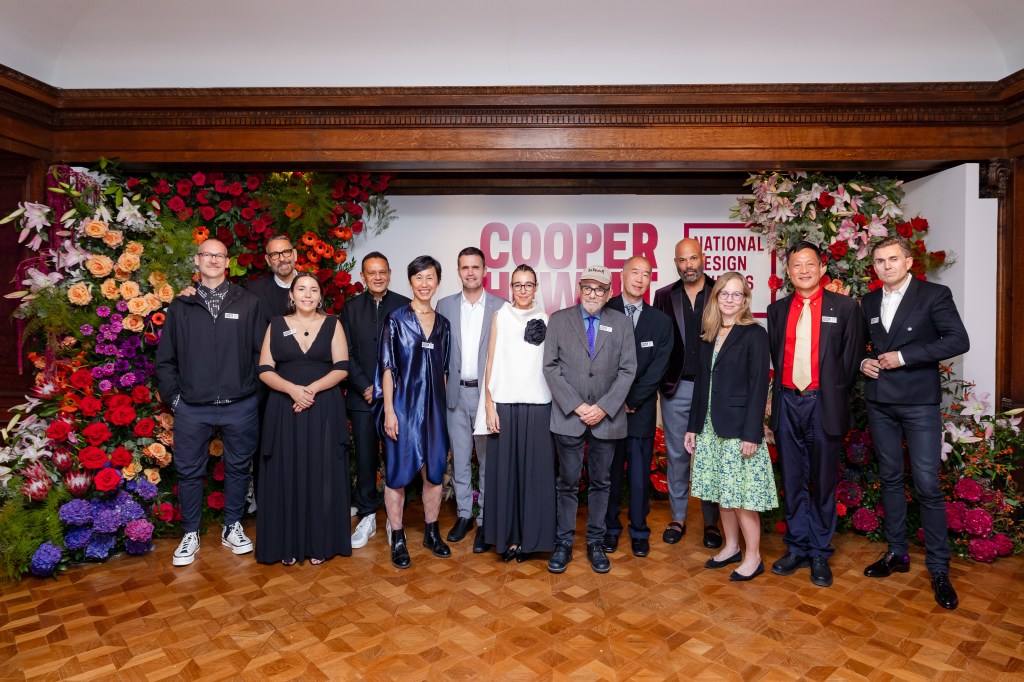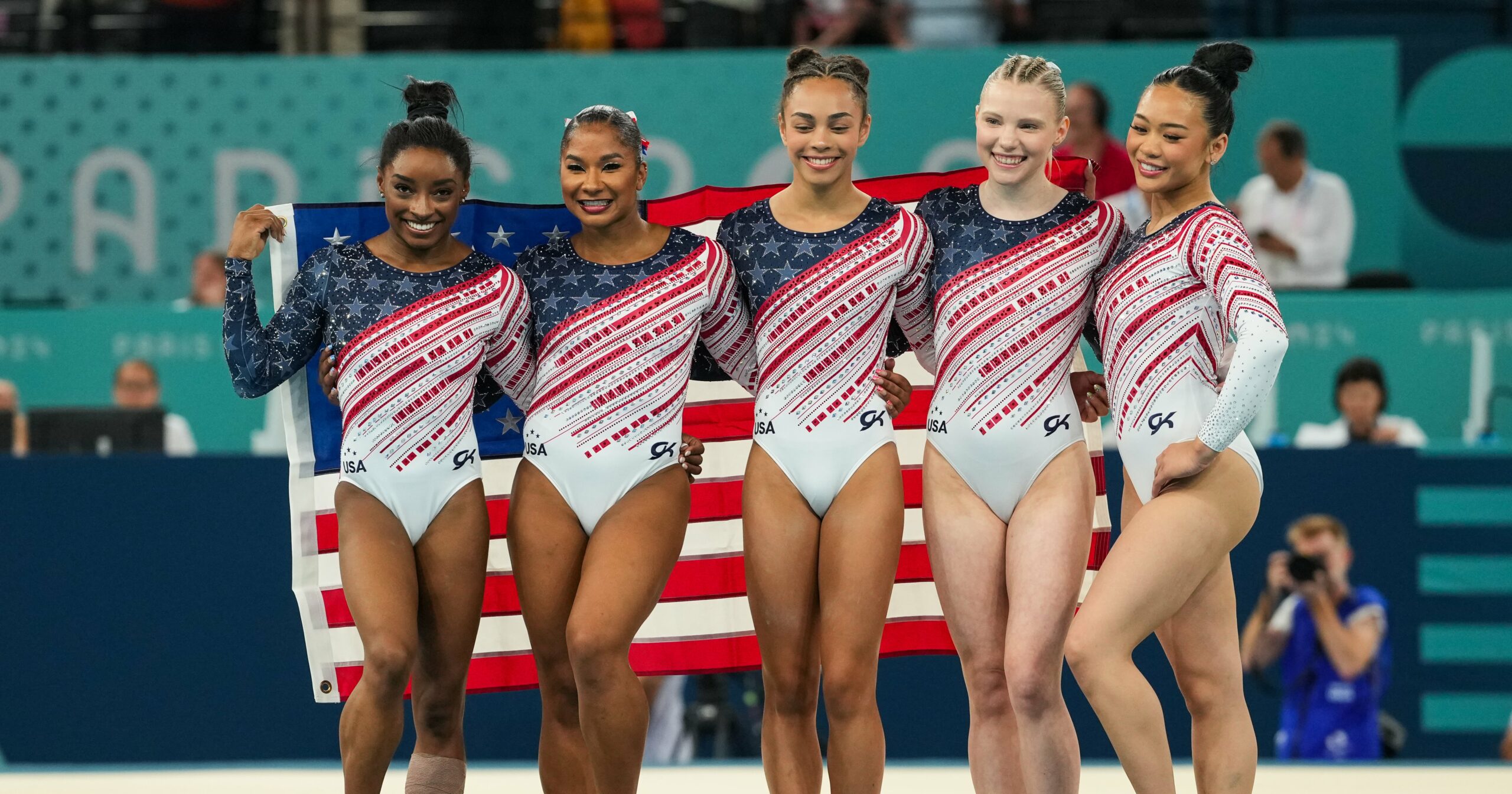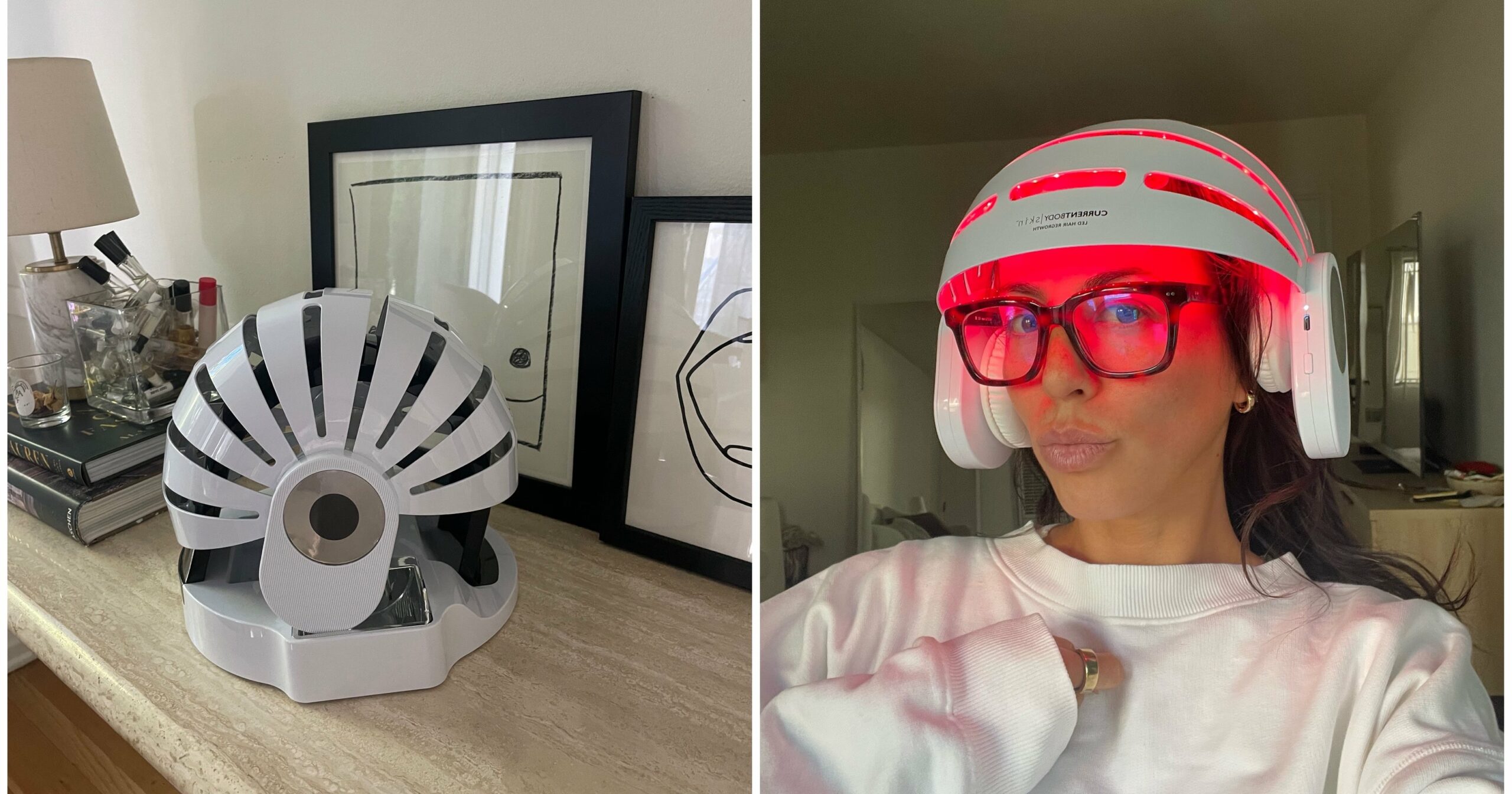Digital pioneer Clement Mok; graphic designer Seymour Chwast; fashion designer Naeem Khan, and Apple’s Arem Duplessis were among the honorees at Thursday night’s National Design Awards at the Cooper Hewitt, Smithsonian Design Museum in Manhattan.
In what seemed to dovetail nicely to pared-down lifestyles, the Upper East Side museum started the festivities with a cocktail party in its garden before presenting the honors in a third-floor gallery. Instead of hosting an hours-long seated dinner for hundreds followed by an after party, as was the routine in years past, the Cooper Hewitt welcomed 150 guests this year.
In addition to Mok, Chwast, Khan and Duplessis winning respectfully for digital design, Design Visionary, Fashion and Communication Design, the 2023 honorees were Beatriz Lozano for Emerging Designer, nArchitects’ Eric Bunge and Mimi Hoang for Architecture, The Archers’ Richard Petit and Stephen Hunt for Interior Design, Biocement Tiles by Biomason for Climate Action, Kongjian Yu for Landscape Architecture and Atlason for Product Design.
Before cellist Joshua Roman and dancer Mina Nishimura performed, the Cooper Hewitt’s director Maria Nicanor clued in the crowd that the next annual NDAs — the 25th one — will be held in spring 2025. She described the 2023 awardees as being “acutely attuned to increasing social and planetary challenges regardless of their category,” adding that, “All of them are attuned to the profound impact that their creations have on people, their well-being, and their ability to take in the world around us critically and from a position of action and empowerment.”
Digital Design winner Clement Mok certainly qualified. Aside from being an Apple creative lead under Steve Jobs in the early ’80s, Mok is a serial entrepreneur, design patent holder, software publisher and developer and restaurateur. Choosing a favorite was not easy task. “I think I’m most proud of the first child, which is the Macintosh and then my most recent child [Sugarfish Sushi],” he said Thursday night.
The core Mac team consisted of 100 including an affiliated design team for the launch with Mok and six others. As for the design direction, he recalled with a laugh, “Whatever Steve Jobs liked,” adding that hundreds of design iterations were created. “In a strange way, it was such an indoctrination about design for me as a practitioner. It was not about what it looks like. It’s about a feeling. The best way to describe it was from Steve Jobs. He said, ‘What I want is like The Beatles. It’s the early Beatle, not the later Beatle,” Mok said. “We were like, ‘Steve, we can’t figure out what that means.’ It was about having verve, energy and soul.”
Decades later that design ethos continues to permeate society in how they dress and even streamline their lives. “And when I talk to people from Apple and how they think about design, that core is still there. And you can’t quite express it but their care about details and creating that experience and wow factor is making that emotional tug. Right now Apple is a fashion brand, very much a fashion brand.”
What he finds most intriguing about fashion right now is how fashion is such an amorphous term. “Lifestyle and homes are fashion in a sense. Instead of wrapping your body with textiles and materials, you wrap yourself with gadgets and home decor. Many of the lifestyle brands like Design Within Reach and ABC Carpet are fashion stores in that regard,” Mok said.
Fittingly, the San Francisco-based Mok caught up with mentors he met 40-plus years ago — Donovan Green’s Michael Donovan and his wife Nancye Green. Donovan was the first employee of Mok’s “design hero” Massimo Vignelli, who created the New York City subway map, among other touchstones.
Now 15 years into his career as a restaurateur through Sugarfish, KazuNori and Nozawa Bar, Mok said so much of that has involved “bringing the aesthetics of simplicity and efficiency that I learned through tech into the restaurant world.” By year’s end, there should be 40 restaurants between Los Angeles and New York.



